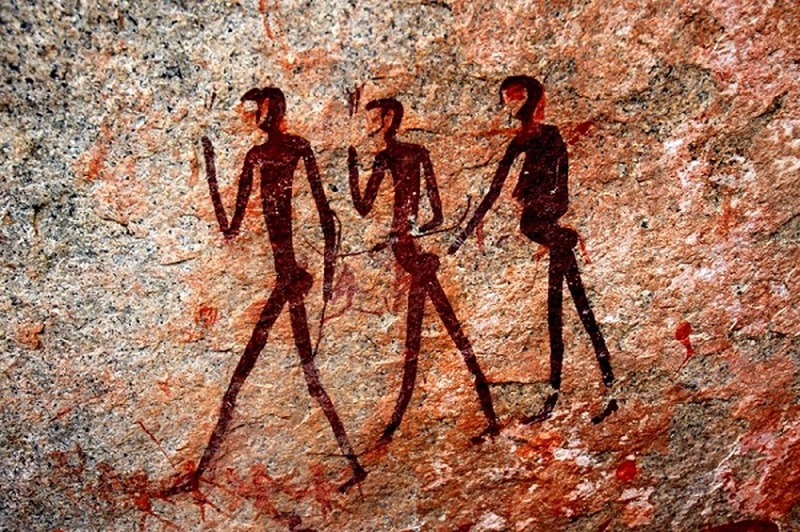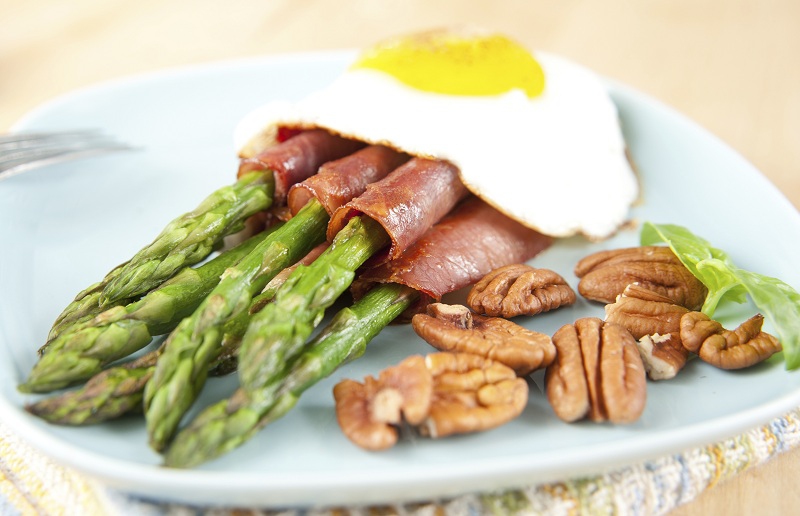What is the Paleo way? In short, it’s similar to the Paleo diet, but it goes further. The Paleo diet revolves around eating natural foods similar to those that our Paleolithic and hunter-gatherer ancestors would have eaten tens of thousands of years ago. The Paleo way adds exercise; specifically, physical activity that our Paleolithic ancestors would have engaged in. The Paleo way has recently become very popular, although some question whether its benefits outweigh its risks.

The Paleo Way of Diet
Foods to Eat
Meats and seafood
Almost all non-processed and natural meats fit in with the Paleo diet. However, processed meats like sausage and hot dogs should be avoided.
Vegetables
Most vegetables qualify as a Paleo diet food. However, vegetables high in carbs should be eaten only in moderation, such as carrots, potatoes and corns.
Oils
Flaxseed oils, walnut oils and coconut oils are all good choices.
Nuts
Don’t forget that peanuts are legumes, not nuts.
Fruits
However, there are some that should be eaten in moderation due to their high fructose content, for instance, dried fruits, grapes, apples, pears and cherries.
Foods to Avoid
Dairy
This includes butter, cheese, milk, ice cream and yogurt.
Grains
Legumes
Examples include peanuts, peas and most beans.
Artificial chemicals
Man-made sweeteners, preservatives or colors should be avoided.
Most condiments
Things like ketchup, mustard and mayonnaise are definitely not foods eaten by our ancestors. They are also loaded with unnecessary fats and sugars.
Most candies
Most candy sold today contains large amounts of processed or refined sugars.
Very salty foods
Drinks to Avoid
Soda
Soda is loaded with sugar and/or high fructose corn syrup.
Fruit Juice
It sounds counterintuitive, but most commercial fruit juices are extremely high in sugar.
Alcohol
Energy drinks
Milk
Pros and Cons of the Paleo Diet
Pros of the Paleo Diet
Getting enough iron easily
Easier to feel full and eat less
No artificial foods
Effective way to lose weight due to the fact that the Paleo diet severely reduces one’s food choices
Obtaining an anti-inflammatory benefit
Cons of the Paleo Diet
Few foods high in calcium
Expensive
Not suitable for athletes, since they need a large amount of carbohydrates
Not suitable for vegetarians, since a primary source of protein, legume, is to be avoided
No grains which are a great source of energy and fiber
Being potential for malnutrition due to limited food choices
Extensive planning, prepping and discipline
The Paleo Way of Workout
Slow Moves
To be more specific, Paleo workouts involve physical activity that requires a pace that increases your heart rate, but not to a point where you’re breathing so hard. For example, a brisk walk would perfectly qualify the slow moves.
No Chronic Cardio
It probably goes against what you’ve learned, but the Paleo way requires that you do not do too much cardio. Believe it or not, too much cardio can cause heart problems later in life and even hinder your ability to lose weight.
Powerlifting
Natural body lifting, such as pushups, pull-ups, squats and sit-ups will increase “practical” strength since they are requiring muscle effort for tasks and physical movement you will naturally do. You can also lift and carry natural objects, such as logs or rocks. While it may not give you the physique worthy of a magazine cover, it can make you functionally stronger.
Occasional Sprints
Sprinting only needs to be done a few times a week. It can include swimming, biking or running at maximum speed for a few minutes, stopping to rest and catch your breath, then sprinting again.



View All Comments /Add Comment